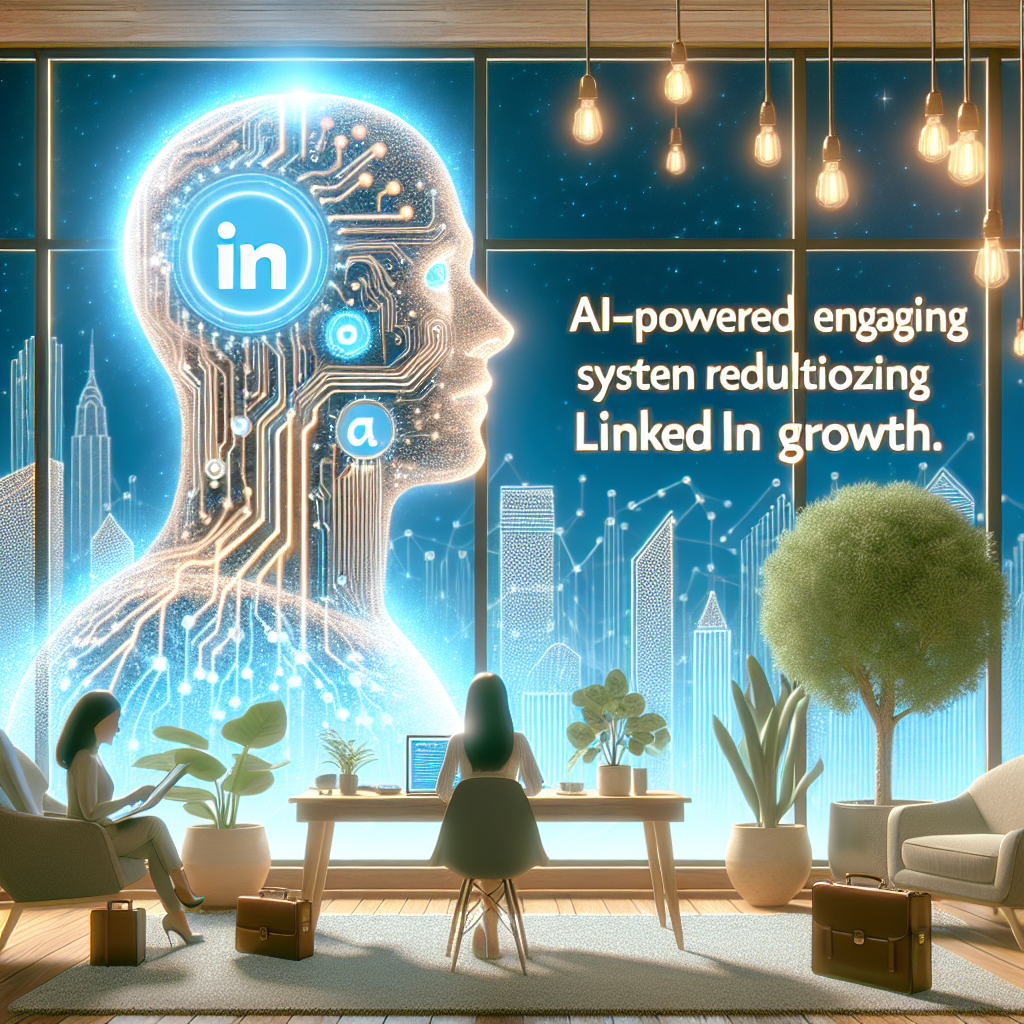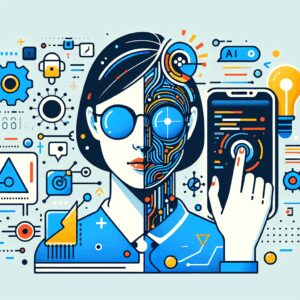Revolutionizing LinkedIn Growth: The AI-Powered Parasite System
In the ever-evolving landscape of social media marketing, innovative strategies are constantly emerging to help individuals and businesses gain a competitive edge. One such groundbreaking approach is the LinkedIn Parasite System, a cutting-edge method that leverages artificial intelligence to automate content creation and exponentially boost follower growth. This article delves into the intricacies of this system, exploring its potential impact on digital marketing strategies and the broader implications for professional networking platforms.
Understanding the LinkedIn Parasite System
The concept of a “parasite system” in the context of social media might initially sound alarming, but it’s actually a clever approach to content creation and distribution. At its core, this system is designed to identify high-performing content from top creators in specific niches, analyze it, and then use AI to generate unique, engaging posts based on that analysis.
“I’m about to build a LinkedIn parasite system live in front of you that automatically scrapes high performing posts from top creators in your niche, finds article information and unique twists to that content, adds all of that to a rewriting flow to create a unique piece using AI and then even goes as far as literally automatically posting it to LinkedIn for you to make growth easy.”
Nick Saraev
This innovative approach addresses one of the most *significant* challenges in content marketing: consistently producing high-quality, relevant content that resonates with your target audience. By leveraging the success of proven content and adding unique AI-generated twists, marketers can maintain a steady stream of engaging posts with minimal manual effort.
The Mechanics of AI-Driven Content Creation
The LinkedIn Parasite System operates through a series of sophisticated steps, each designed to optimize content discovery, analysis, and creation. Let’s break down the process:
1. Creator Identification and Content Scraping
“The very first thing in the flow is we need to initialize to find a list of creators based off of a search term. After the search we end up with a list of items here with posts and these posts have included a bunch of likes and comments and shares and data surrounding everything that we need in order to get the viral creators.”
Nick Saraev
The system begins by searching for top creators within a specified niche. It then analyzes their posts, looking at metrics such as likes, comments, and shares to identify the most viral and engaging content.
2. Automated Scheduling and Content Analysis
“We schedule a scraper that will run once however long we specify to go and scrape the most viral of the source posts from the most viral of the creators.”
Nick Saraev
Once the top creators and posts are identified, the system sets up an automated schedule to regularly scrape new content. This ensures a constant flow of fresh, high-performing material to analyze and draw inspiration from.
3. AI-Powered Content Generation
The heart of the system lies in its ability to take the scraped content and use advanced AI algorithms to generate new, unique posts. This process involves analyzing the original content’s structure, tone, and key points, then creating variations that maintain the essence of the message while adding original perspectives.
The Impact on LinkedIn Marketing Strategies
The introduction of AI-driven content creation systems like the LinkedIn Parasite System is poised to have a *significant* impact on digital marketing strategies, particularly in the professional networking space. According to recent industry analysis, the digital marketing sector is expected to grow by 15.3% annually through 2025, highlighting the increasing importance of innovative approaches to content creation and distribution.
“What we’re seeing with just is not just a trend, but a fundamental shift in how industries operate.”
Michael Thompson, Senior Industry Analyst at Global Business Insights
This shift is particularly evident in the realm of professional networking and B2B marketing, where LinkedIn plays a *crucial* role. The ability to consistently produce high-quality, engaging content at scale could revolutionize how businesses and individuals approach their LinkedIn presence.
Ethical Considerations and Best Practices
While the potential benefits of AI-driven content creation are *significant*, it’s *crucial* to approach these technologies with a strong ethical framework. The line between inspiration and plagiarism can be thin, and it’s *essential* for marketers to use these tools responsibly.
“The future of going lies in understanding the intersection of technology and human behavior.”
Dr. Sarah Mitchell, Technology Innovation Specialist at MIT Technology Review
To maintain integrity and authenticity, consider the following best practices:
- Use AI-generated content as a starting point, not the final product
- Always review and edit AI-created posts to ensure they align with your brand voice and values
- Be transparent about your use of AI tools in your content creation process
- Regularly engage with your audience to maintain a genuine connection
The Broader Implications for Digital Marketing
The rise of AI-powered content creation tools like the LinkedIn Parasite System is part of a larger trend in digital marketing. According to Business Analytics Quarterly, 73% of businesses implementing AI strategies see improved performance within 6 months.
This trend is not limited to LinkedIn or even social media marketing. Technology Trends Report 2024 indicates that AI adoption has increased by 45% since 2023 across various marketing functions, including:
- Content creation and curation
- Personalized marketing campaigns
- Customer segmentation and targeting
- Predictive analytics for campaign optimization
Future Outlook: The Evolution of AI in Marketing
As AI technologies continue to advance, we can expect to see even more sophisticated applications in the field of digital marketing. Enterprise Technology Survey 2024 reveals that companies utilizing AI technologies report 28% higher efficiency rates, suggesting that the adoption of these tools is likely to accelerate.
“The integration of then has become *essential* for companies looking to remain competitive in today’s market.”
Lisa Chen, Strategic Business Consultant at Innovation Partners LLC
Looking ahead, we can anticipate developments such as:
- More advanced natural language processing for even more human-like content generation
- Integration of AI content creation with real-time analytics for instant optimization
- AI-driven personalization at scale, tailoring content to individual user preferences
- Enhanced cross-platform content strategies, optimizing posts for multiple social networks simultaneously
Conclusion: Embracing the AI-Powered Future of Content Marketing
The LinkedIn Parasite System represents just the beginning of what’s possible with AI-driven content creation. As these technologies continue to evolve, marketers who embrace and master them will likely find themselves at a *significant* advantage. However, it’s *crucial* to remember that AI should enhance, not replace, human creativity and strategic thinking.
To stay ahead in this rapidly changing landscape, marketers should:
- Invest in understanding and implementing AI-powered marketing tools
- Continuously educate themselves on the latest developments in AI and machine learning
- Maintain a balance between AI-generated content and authentic human interaction
- Focus on creating value for their audience, using AI as a tool to amplify their message
As we move forward, the successful marketers will be those who can harness the power of AI to create more engaging, relevant, and impactful content while maintaining the human touch that builds genuine connections with their audience. With global spending on AI solutions projected to reach $2.4 billion by 2025, according to Market Research International, the time to adapt and innovate is now.





Leave a Reply